This One Million-Year-Old Skull Skull Reveals a Missing Link in Human Evolution
A rare and intriguing discovery has been made in China. The remains of a human-like skull have been analyzed, which confirmed it is part of a long-lost species. This has sparked a wave of excitement among researchers, who are now referring to the skull as a “Dragon Man.”
The shocking discovery, which is estimated to date back over one million years, to a period when Earth was inhabited by other species of humans. Some researchers have suggested the skull is the remains of a hybrid human.
Unusual Skull Discovered in Yunyang District
In early 2022, reports from China mentioned an unusual skull unearthed in the Yunyang District of Hubei province.
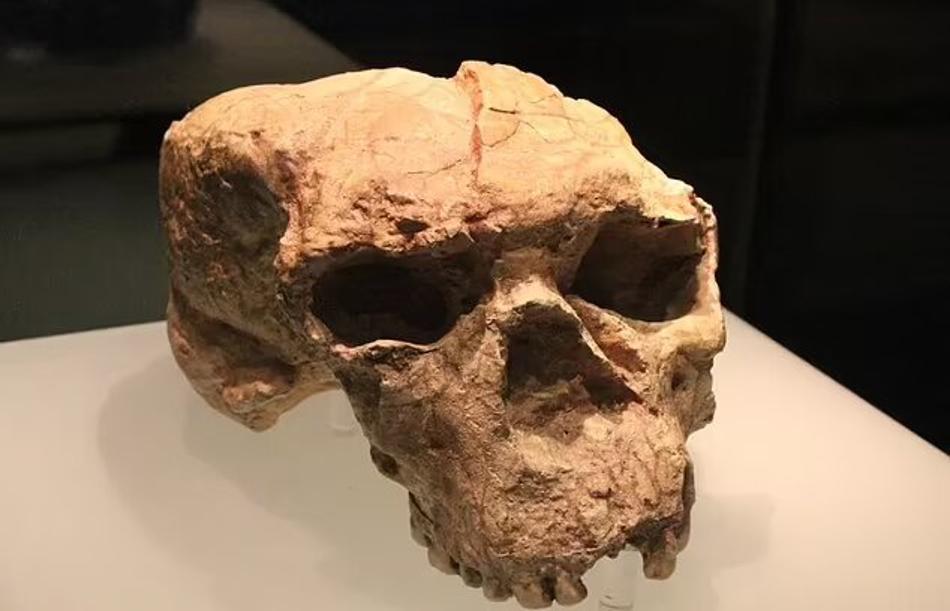
Source: Gary Todd/Flicker
According to the archaeologists working in the region, the skull’s features were unlike anything they’d ever seen. They called it “The Yunxian Man.” After careful analysis, researchers determined that the skull could be well over 900,000 years old.
A Third Species of Ancient Human
It is widely accepted that there were two archaic human spieces that roamed the Earth about 30,000 years ago: Neanderthals and Denisovans. These two groups had distinct features and attributes that would eventually blend together to make modern day humans.

Source: Freepik
But the Yunxian Man skull was difficult to categorize because of location, age, and psychical characteristics.
The Beginning of Humanity
Humans came into existence about one million years ago in Africa before spreading around the world, but we didn’t start out as Homo sapiens.
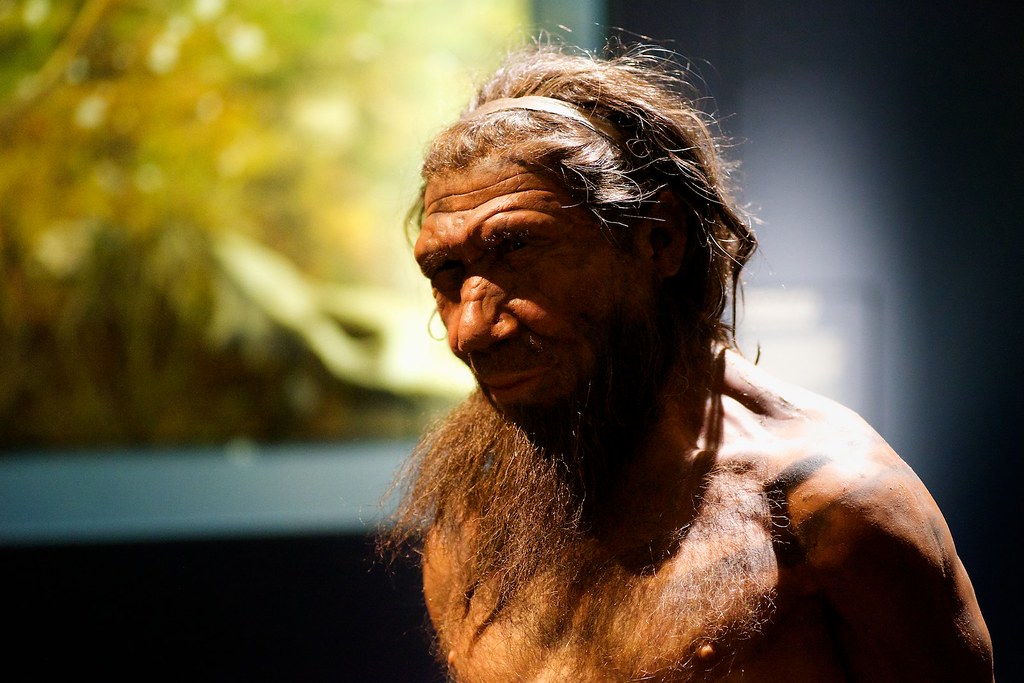
Source: Paul Hudson/Flickr
The earliest form of human was the Neanderthal, which originated in Europe and Asia around 400,000 years ago. They are characterized by their long skulls, thick ridges above their eyes, and wide, large noses.
Study Confirms Skulls is Long-Lost Relative Species
According to The Daily Mail, a 3-D study was conducted on the skull, and researchers determined that it was a hybrid species, meaning it was made up of one or more different species of humans.

Source: Freepik
The researchers carefully studied the features of the scan and determined that the Yunxian skull is part Homo sapiens, the race of all humans on Earth, and part Homo longi, a long-lost sister species.
The Dragon Man
The Homo-longi still roamed the Earth around 150,000 years ago. They had some features that resembled modern humans, including their brain size. However, they had unusually square eyes, large brow ridges, and a wide mouth.
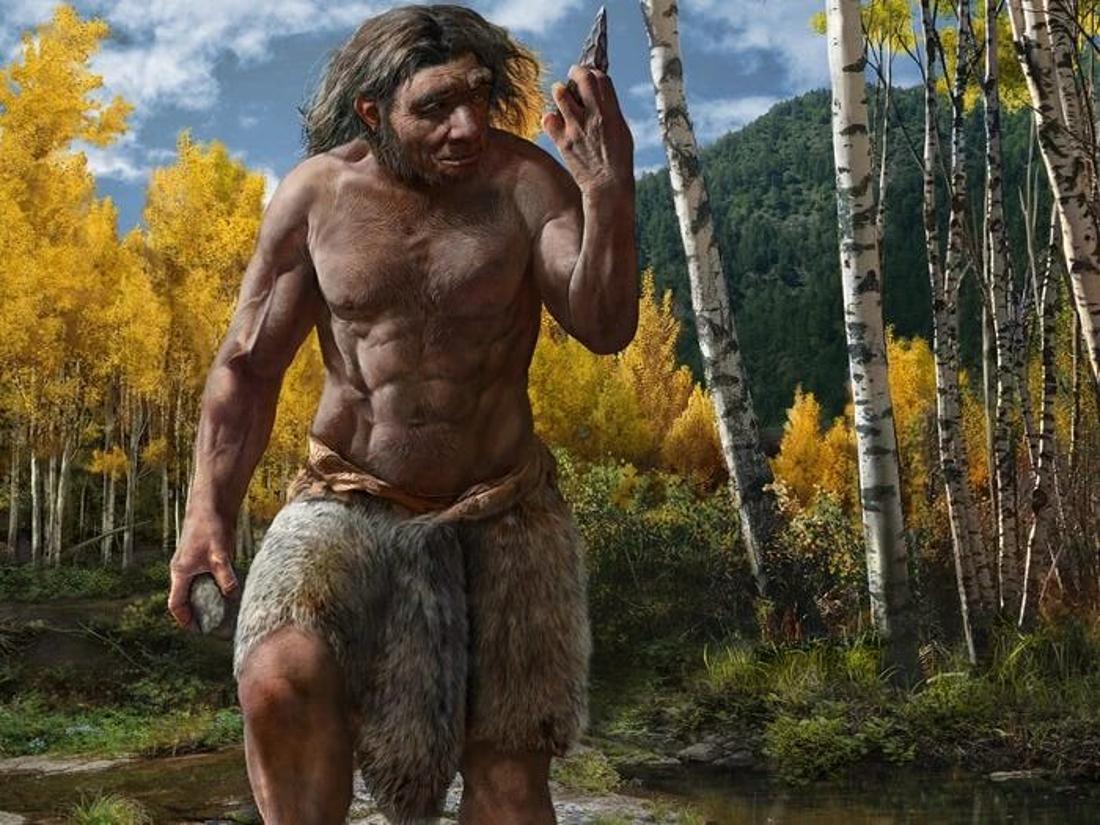
Source: Wikimedia
After modern analyses were carried out on a separate skull discovered in China’s Songhua River in the 1930s, researchers concluded that the Homo-longi could be closer related to Homo-sapiens than the Neanderthals, per The Daily Mail.
Long-Lost Sister Lineage
While the testing done on the Yunxian Man proved the skull was only part Homo-longi, it did conclude the long-held idea that the species is our “long-lost sister lineage.”
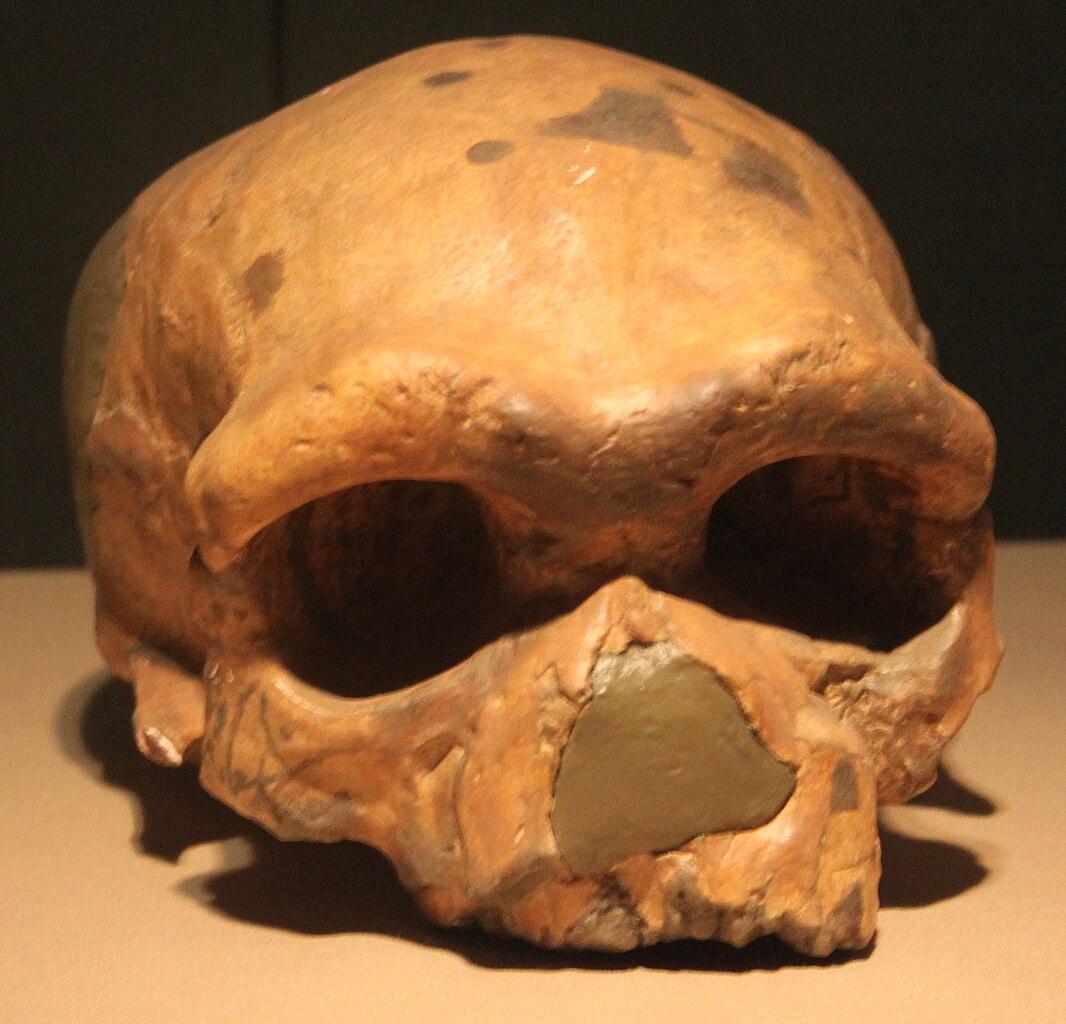
Source: Wikimedia
“It is reasonable to conclude that Yunxian is morphologically and chronologically close to the last common ancestor of the lineages of H. sapiens and Dragon Man,” said the authors of the study on the research site BioRxiv.
Three Dragon Men Skulls
The skull, discovered in China’s Hubei province, is one of three with ties to the Homo-longi race, often referred to as “Dragon Man.” The name comes from the Long Jiang or Dragon River, where one of the skulls was discovered.
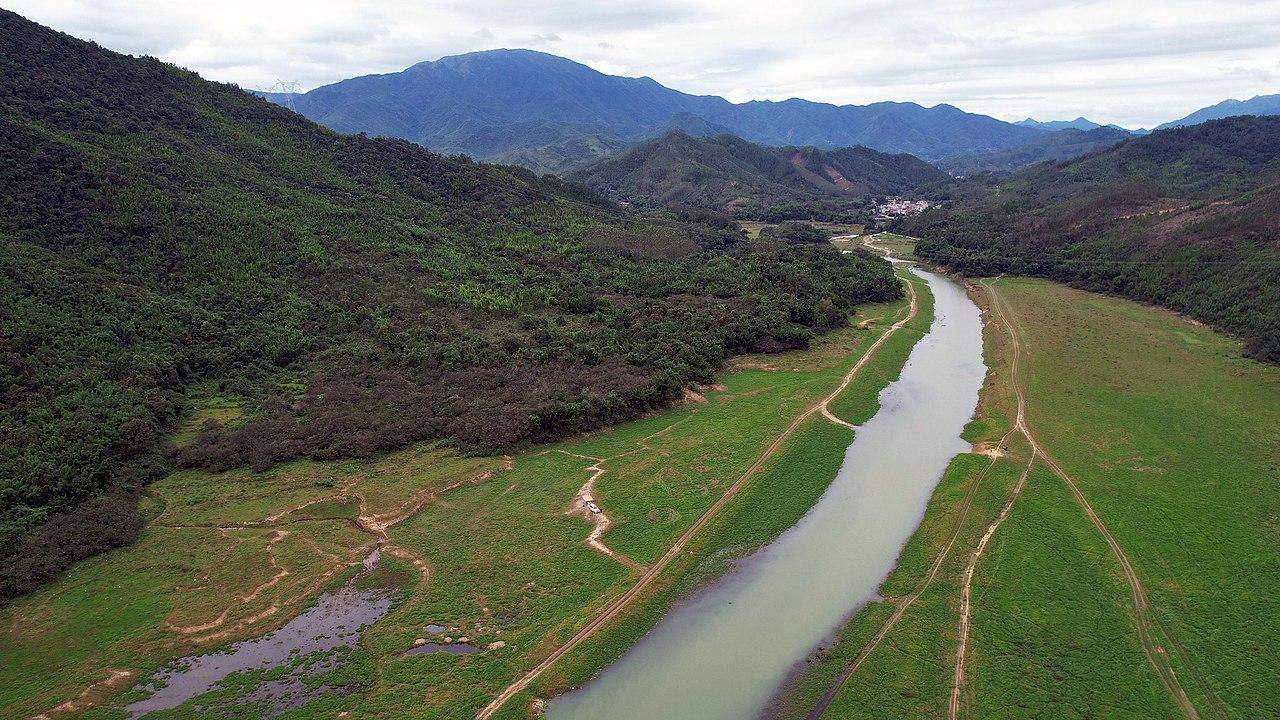
Source: Wikimedia
The skulls were all recovered over the past five decades. Yet they struggled to determine which species it belonged to. “It might seem like simple science to determine what bone fits to what species, but scientists have yet to agree just how many human-like species there were in our recent archeological history,” said archaeologist Anna Goldfield.
Trying to Understand the Homo-Longi
For a long time, researchers and scientists considered Neanderthals and Denisovans the two oldest hominid groups, both of which roamed the Earth as far back as 300,000 years ago.

Source: Freepik
Due to its physical features, including its elongated skull, researchers initially believed the Yunxian man skull belonged to the Denisovan species that originated in Asia around 500,000 years ago.
The History of Life As Told by the Denisovans
The Denisovans have given researches a ton of information about life long before the Homo sapiens rules the Earth.

Source: Freepik
While only a few tiny pieces of bone and teeth have been found, this long extinct spices’ DNA make up some modern day communities. According to the Guardian, 6% of genes found in modern New Guineans and 3% to 5% of aborigianl Australians’ DNA is made up of Denisovans’ DNA.
Denisovans Migrated to the Asian Continent
Denisovans, whose fossils have only be found in Siberia and China, likely roamed through what is today the Asian continent.
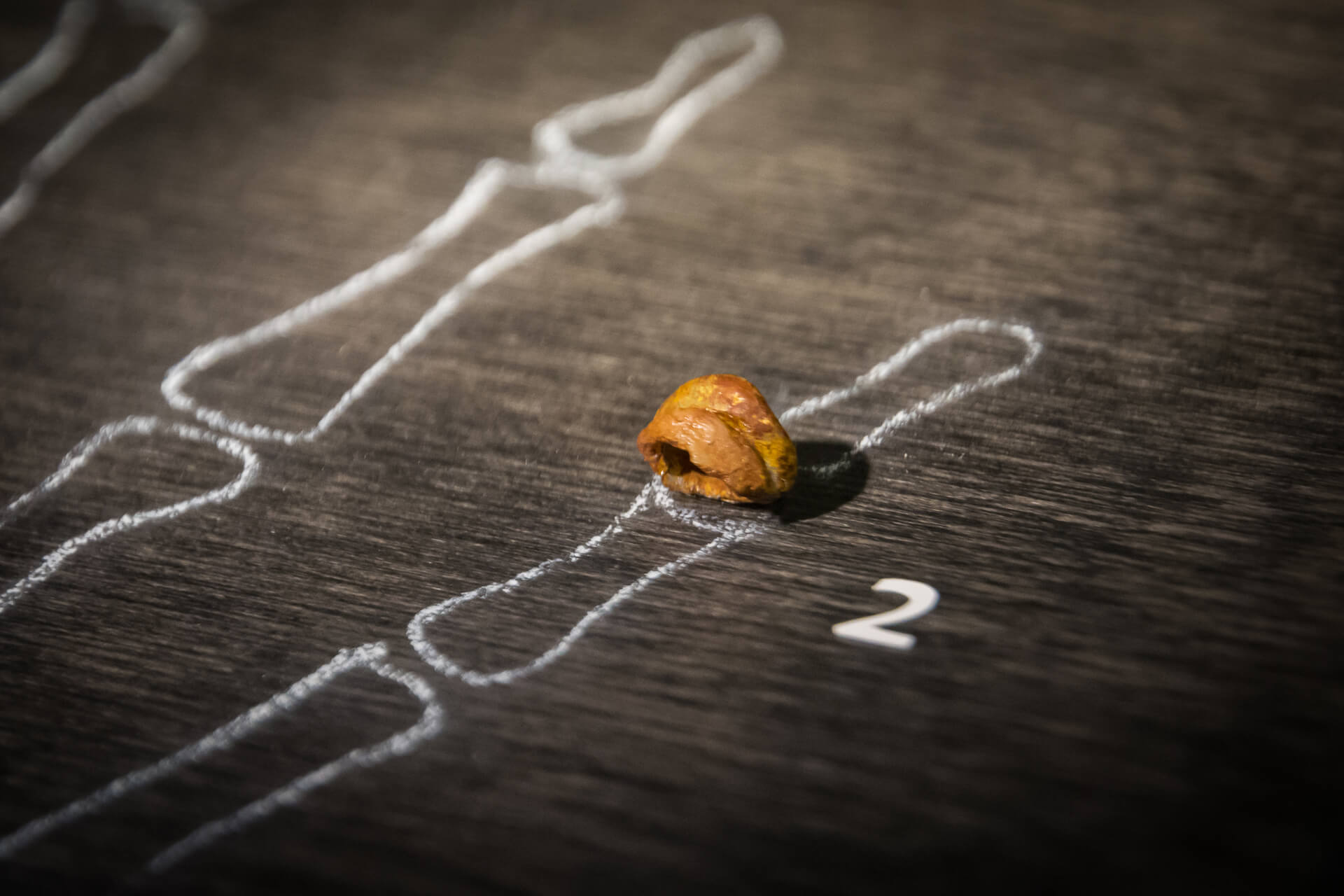
Source: World History Encyclopedia
Despite being genetically similar enough to interbreed, researchers are not sure how Denisovans looked because only fragments exist and are extremely rare.
The Great Blending of Spieces
Evidence from the modern humans shows that Denisovans and Neanderthals have interbreeded. Because their genetic make-up was relatively close (like how a horse and donkey are similar), they were able to mate.

Source: Freepik
However, the discovery of the Yunxian Man provides new insight into human evolution and the complex interactions between different hominin species.
The Story of Human Evolution
It would be incredible if modern humans were always as we are today. But that isn’t the truth. The story of human evolution is fascinating and constantly changing as more and more evidence is discovered from centuries long forgotten by history.
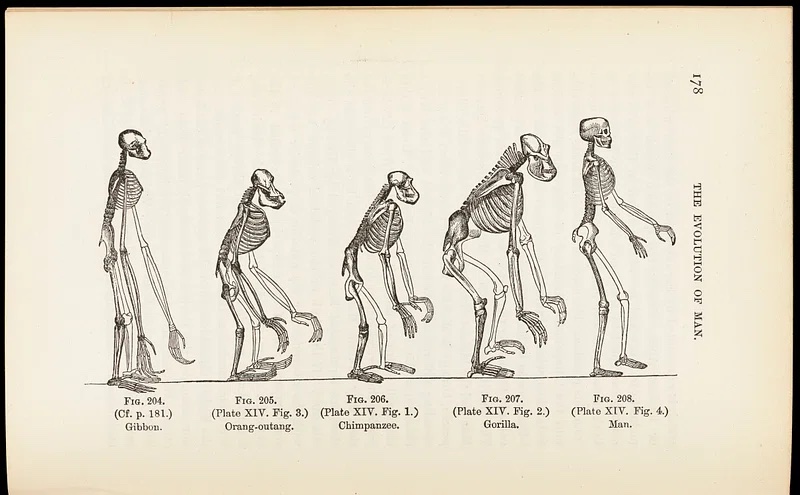
Source: CC0/Rawpixel
The earliest traces of our species’ development into Homo sapiens started a million years ago, making a significant physical and behavioral change influenced by environmental pressures, migration, and adaptation.
The Earliest Traces of Humans
The earliest traces of modern humans were discovered in Africa. Our direct (and indirect) ancestors come from the lineage that would lead to our closest living relatives, the chimpanzee and bonobos.
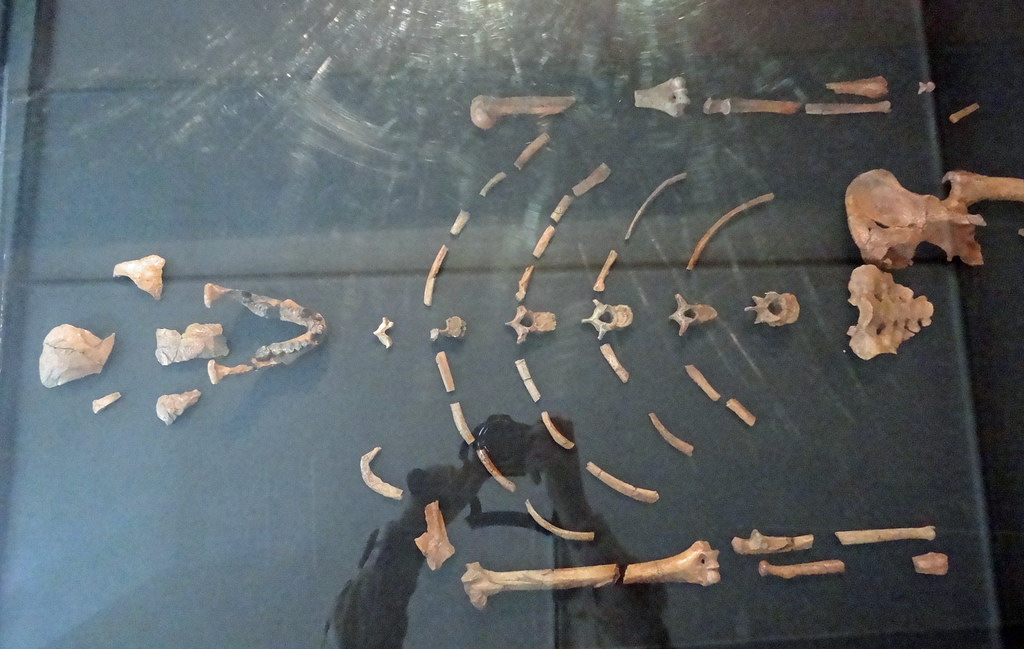
Source: Paul Ealing 2011/Flickr
While these early hominins were not yet human, they displayed traits that hinted at what would come. One example is the ability to walk upright on two legs, which allowed for more efficient movement.
Building Upon the World
As different of species of early humans evolved, each one began adapting to the world in new and exciting ways.
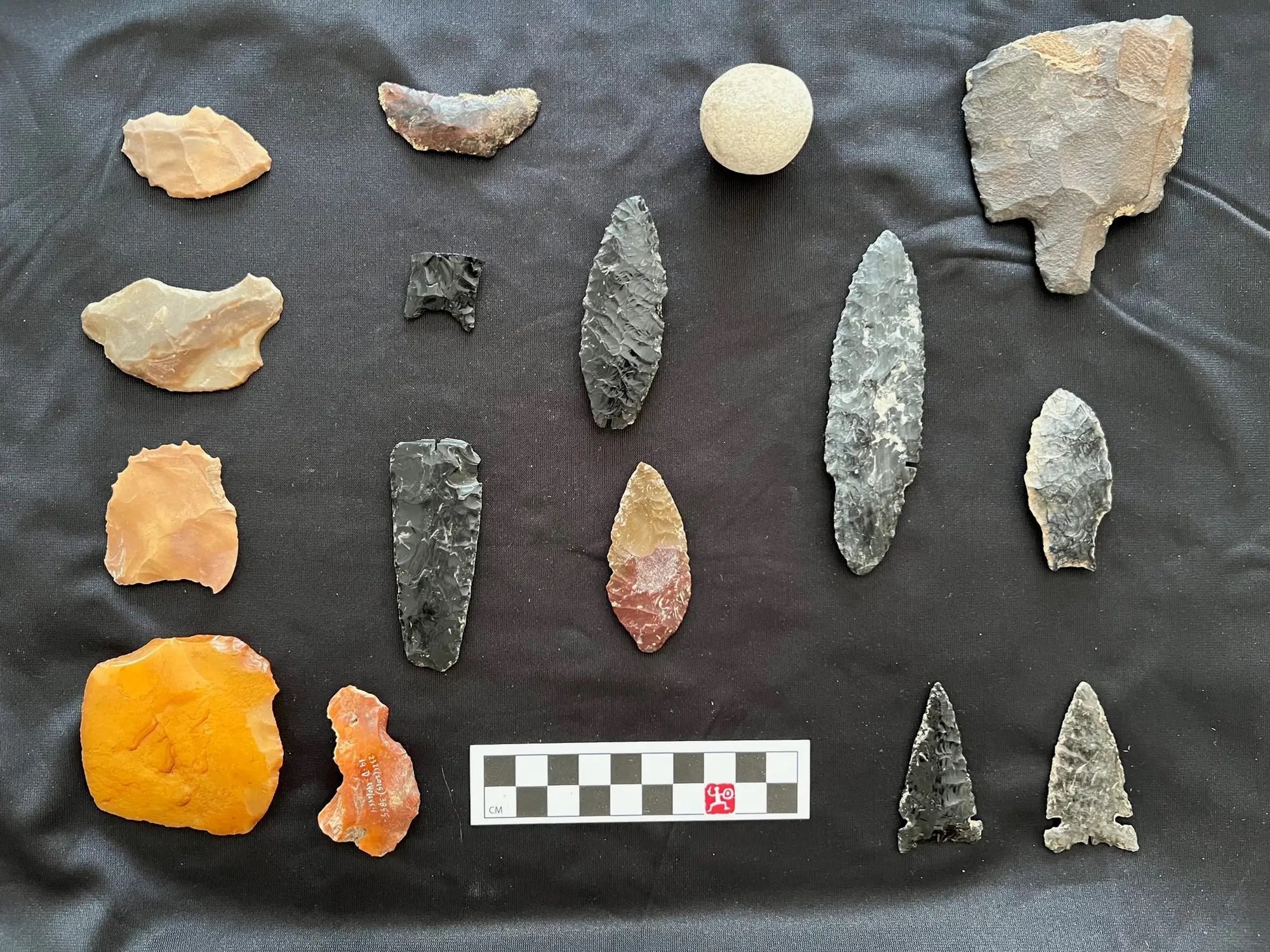
Source: Patrick O'Grady
These species began using fire and tools, which played a crucial role in their survival and the development of social structures.
The Homo Genus Arrives
Around 2.5 million years ago, the first appearance of the genus Homo arrived. This genus was characterized by a significant increase in the brain size and use of more complex tools compared to earlier hominins.
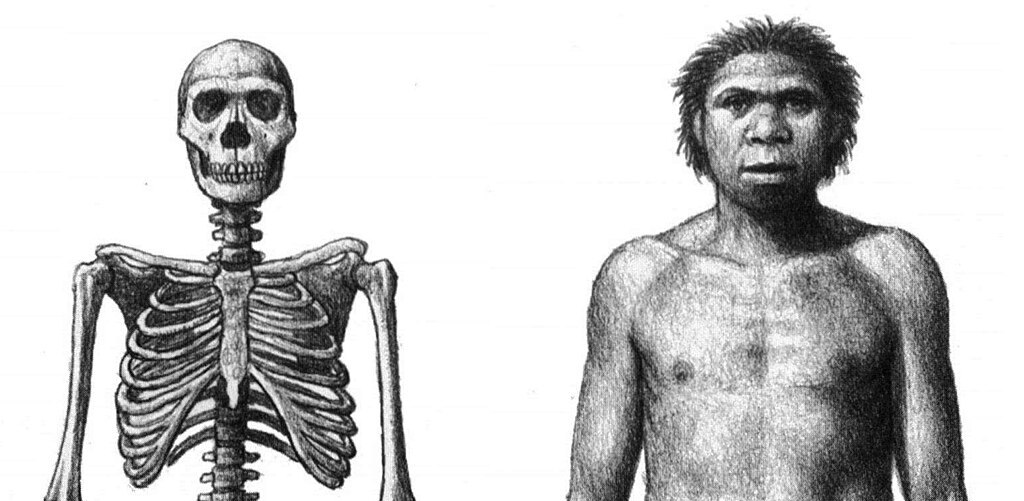
Source: Mauricio Antón/Wikimedia Commons
The earliest species in this genus is the Homo erectus, a highly successful species that spread throughout Africa and into Asia.
Finally, We Come into the Picture
Homo sapiens (i.e. you and me), emerged around 300,0000 years ago. We are defined by our larger brains and use of more sophisticated tools, language, and culture.

Source: Helena Lopes/Unsplash
Because Homo sapiens were able to innovate and adapt in new ways, we were able to create art and complex social structures that connected us like never before.
The Role of Migration in Human Evolution
A big role in the genus ability to evolve and adapt over time was migration. Starting in Africa, humans moved to the Middle East, Asia, Australia, Europe, and, eventually, the Americas.
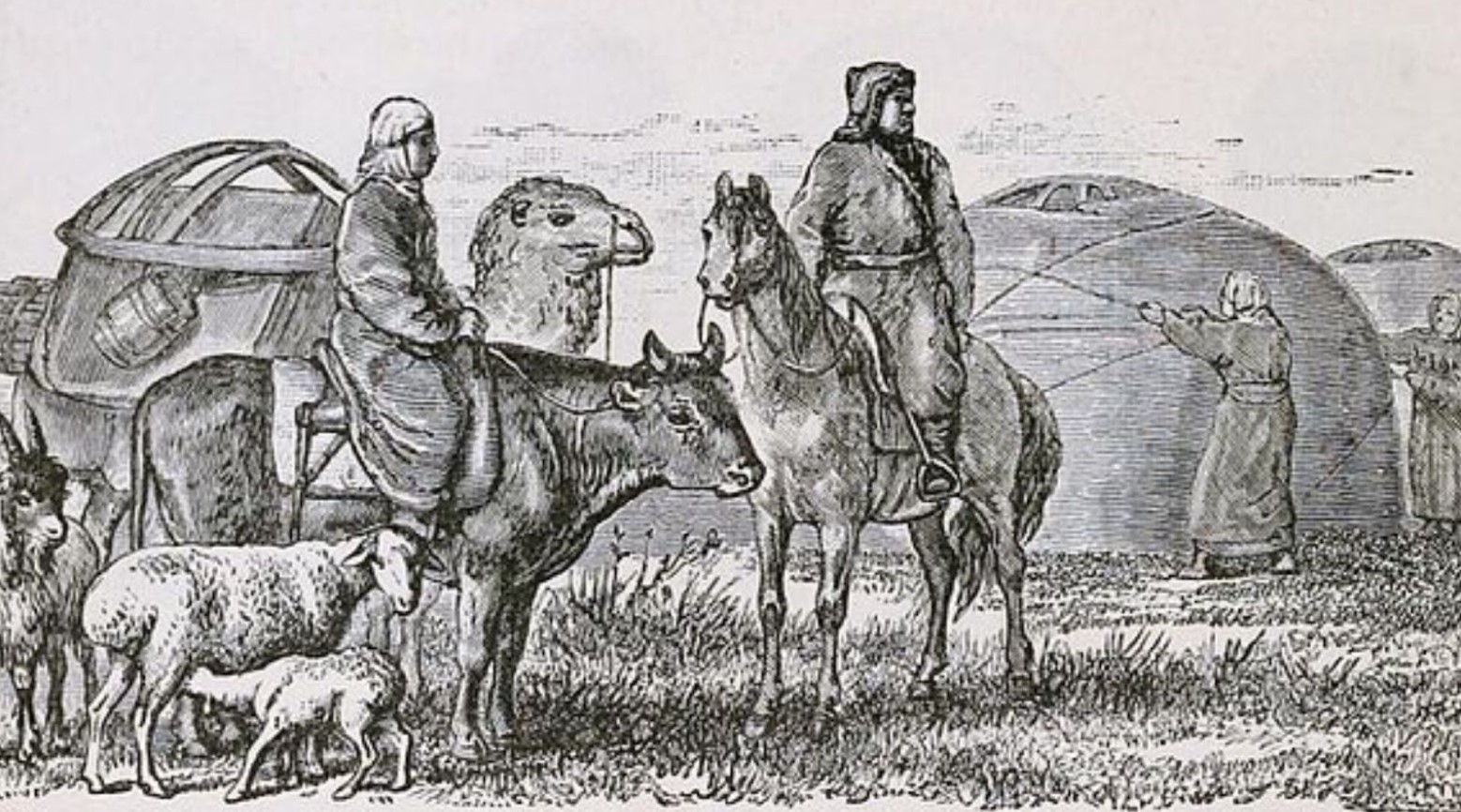
Source: New York Ward, Lock/Wikimedia Commons
These migrations allowed interactions between other speices, including Neanderthals in Europe and Denisovans in Asia. These interactions lead to mating, which has a lasting impact on the human genome.
Further Research Clarifies Origin of Yunxian Man
Further research on the Yunxian man led researchers to suggest that it could also have descended from the Homo-longi species, which lived on Earth during the same time as the Denosovians.

Source: Wikimedia
After analyzing all of the data they collected, researchers concluded that the Yunxian man was both part Homo-longi and part Homo sapiens, meaning it was an offspring of both.
Descended of Denisovans and Homo Sapiens
The Yunxian man had the features associated with Homo-longi, including blocky eye sockets and an enormous mouth and molars. However, his brain size was very similar to that of modern humans.
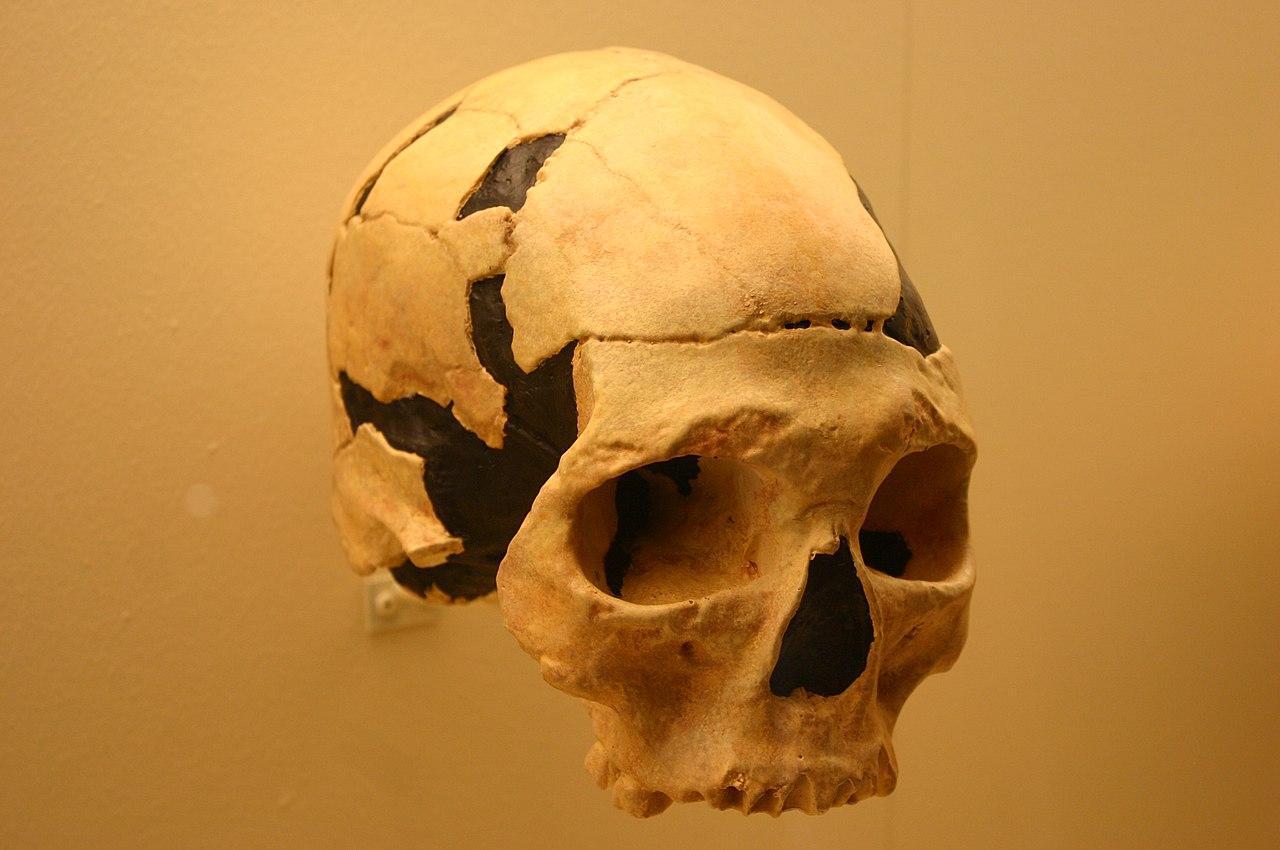
Source: Wikimedia
“The reconstructed Yunxian 2 suggests that it is an early member of the Asian ‘Dragon Man’ lineage, which probably includes the Denisovans, and is the sister group of the Homo sapiens lineage,” the authors wrote.
An Ancestor of the Two Lineages
According to the authors of the study conducted on the Yunxian man’s skull, there was sufficient evidence to suggest it was a common ancestor of the two lineages.
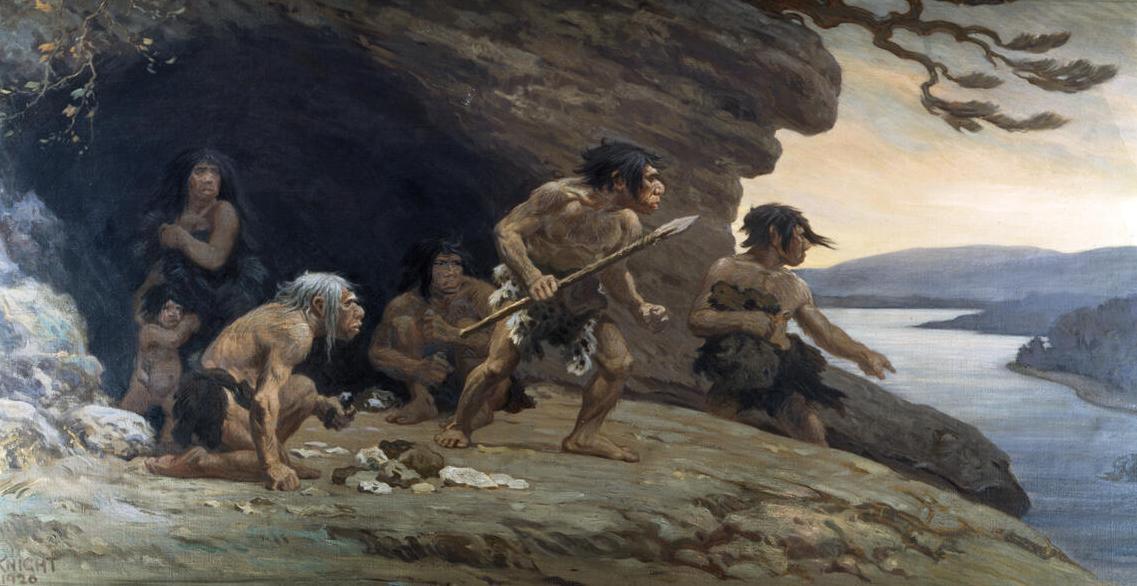
Source: Wikimedia
“Both the H. sapiens and Dragon Man lineages had deep roots extending beyond the Middle Pleistocene, and the basal position of the Yunxian fossil cranium suggests it represents a population lying close to the last common ancestor of the two lineages,” said the authors.
More Research to Be Conducted in the Future
While the paper has yet to be reviewed by other researchers, its lead author, paleoanthropologist Xijun Ni, had conducted previous research on Homo-longi and had been published in prestigious journals such as The Innovation.

Source: Wikimedia
Ni hopes that further research on the skulls and the regions in which they were found will shed light on this ancient species of humanoid.
Better Understanding of Denisovans
Researchers have begun postulating the idea that Homo-longi could be related to the Denisovans, one branch of the homo genus that scientists currently know very little about. This is because only 11 partial fossils have ever been discovered.
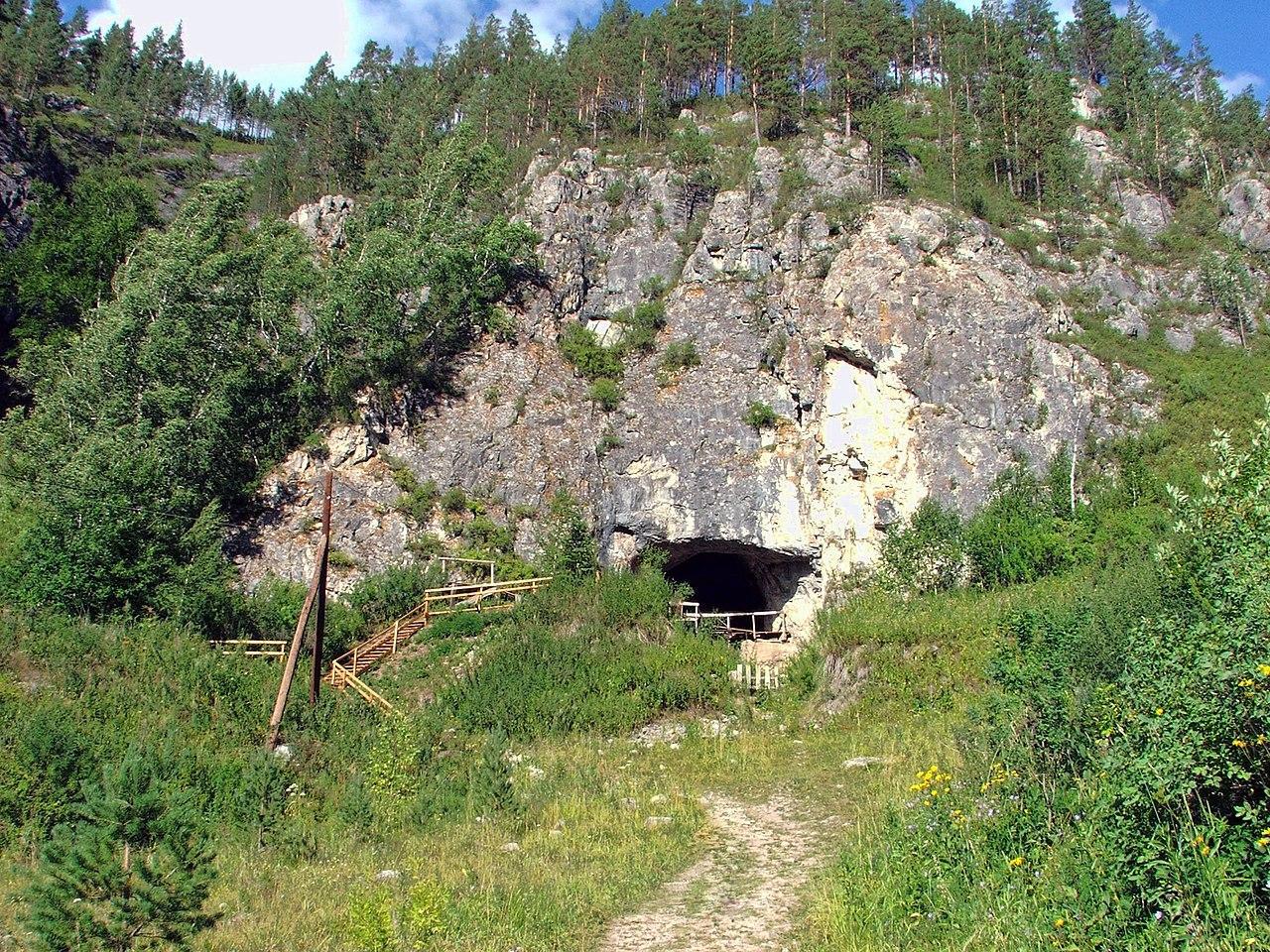
Source: Wikimedia
If scientists can confirm in the future that Homo-longi are, in fact, descendants of the Denisovans, it could help researchers better understand the history of this species and the evolution of humanity.
Human evolution continues to evolve as new discoveries and technologies shed a light on the complex history that it ingrained into our entire being.

Source: Roberto Nickson/Unsplash
Knowing where we came from and how we came to be could unlock an understand about ourselves. What we do with this knowledge is entirely up to you.
